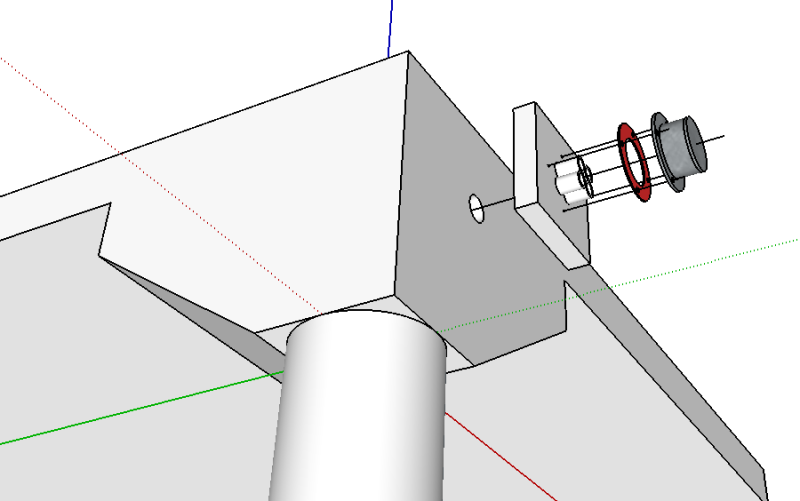ajk1
Structural
- Apr 22, 2011
- 1,791
What is the best software available today to use for post-tensioning, particularly as it relates to checking existing post-tensioned beams with unbonded tendons and bonded rebar? We want to determine the utilization ratio (Factored Moment / Resisting moment) when tendons break due (due to corrosion). We are checking to the Canadian CSA A23.3 Standard.
We have been using ADAPT PT but are looking to see what else is out there, and how people have found it. Some software that I have heard about is "SAFE" but the post-tensioning module is relatively expensive, (and I am not sure that it gives the utilization ratio) and RAM CONCEPT and perhaps SAFE has a p.t. module.
I am looking for something that is bug-free, or that if we find a bug the software marketer will not require us to pay for the next edition of the software in order to get the bug fixed.
We have been using ADAPT PT but are looking to see what else is out there, and how people have found it. Some software that I have heard about is "SAFE" but the post-tensioning module is relatively expensive, (and I am not sure that it gives the utilization ratio) and RAM CONCEPT and perhaps SAFE has a p.t. module.
I am looking for something that is bug-free, or that if we find a bug the software marketer will not require us to pay for the next edition of the software in order to get the bug fixed.






